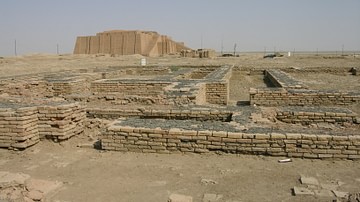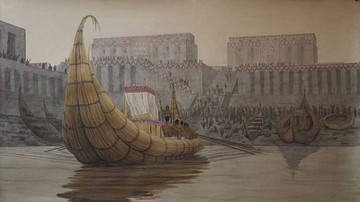The Fertile Crescent is a region stretching from northern Egypt across to the Persian Gulf and was the home to the oldest civilizations in history such as the Sumerians, earning it the common name of the 'Cradle of Civilization'. First populated from around 10,000 BCE, the Fertile Crescent saw the earliest known developments in agriculture, urbanisation, writing, trade, science, organised religion and history. In this collection, we have brought together resources on the spread of agriculture in the region, the influential Sumer civilization and the first cities such as Eridu and Ur.
The geography and climate of the region were conducive to agriculture and hunter-gatherer societies shifted to sedentary communities in the area as they were able to support themselves from the land. The climate was semi-arid but the humidity, and proximity of the Tigris and Euphrates Rivers (and, further south, the Nile), encouraged the cultivation of crops.








